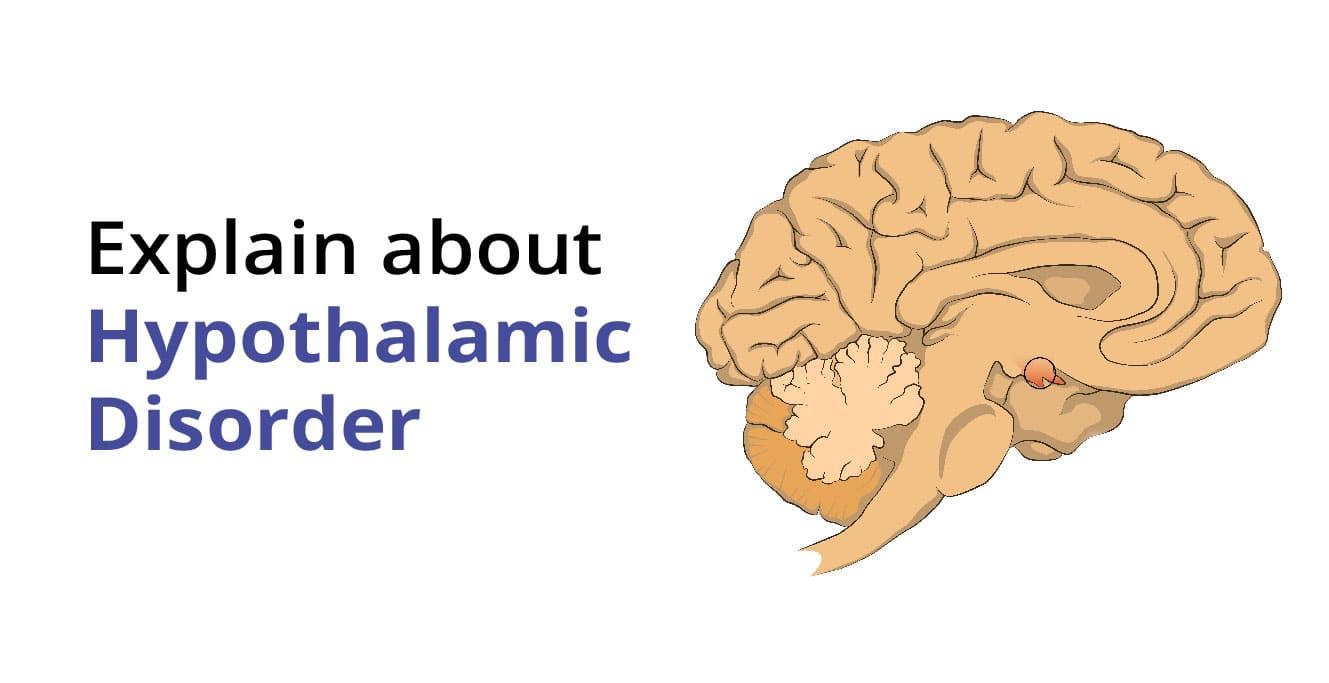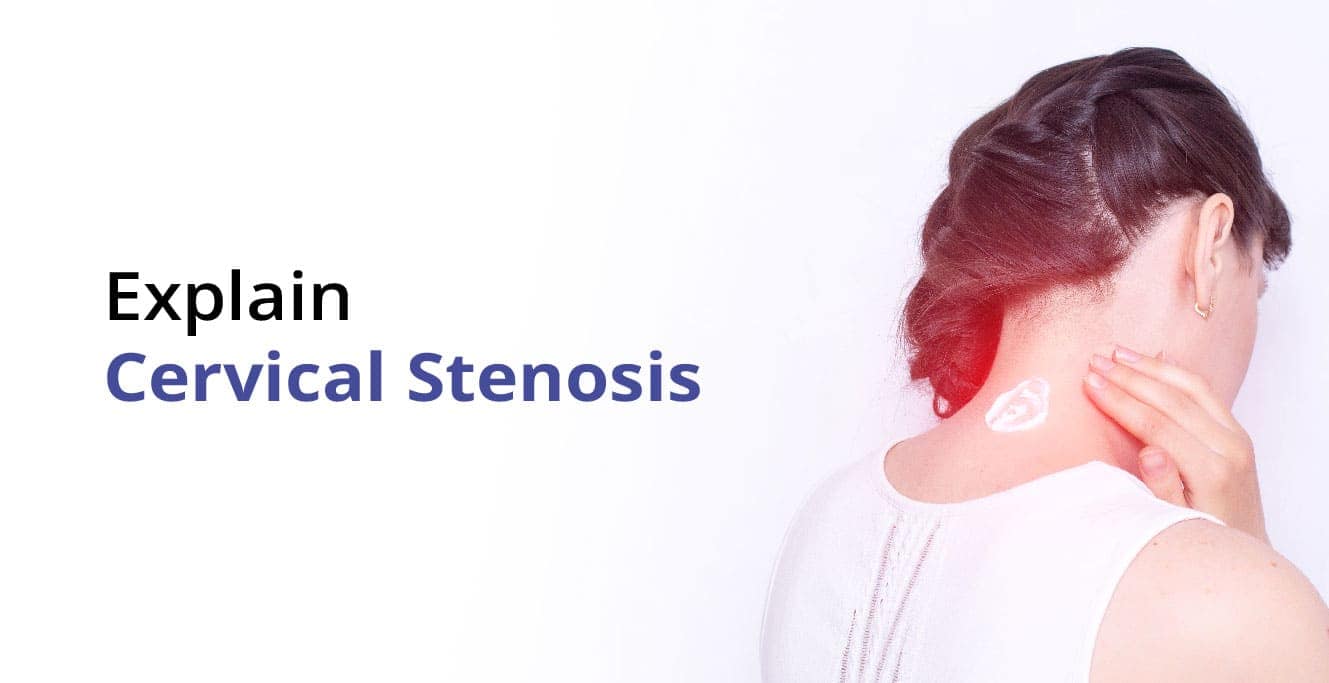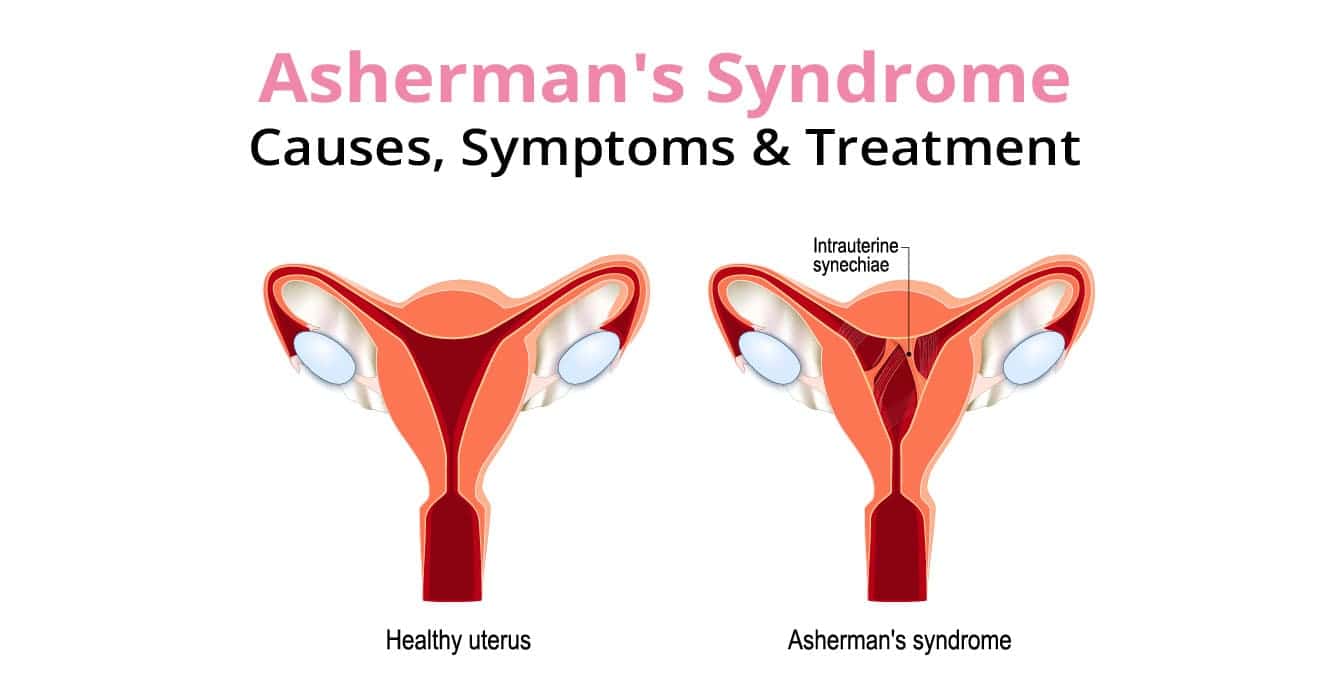
Epispadias: Causes, Diagnosis & Treatment

Table of Contents
- What is Epispadias?
- What is Bladder Exstrophy?
- How Does Epispadias Affect Males?
- What are the Types of Epispadias in Males?
- How Does Epispadias Affect Females?
- What’s Epispadias vs. Hypospadias?
- How Common is Epispadias?
- What Causes Epispadias?
- What are the Symptoms of Epispadias?
- How is Epispadias Diagnosed?
- What Epispadias Treatments are Available?
- Is Epispadias Diagnosed During Pregnancy?
- The Bottom Line
We understand that discovering that your baby has a condition like epispadias can feel overwhelming. Mostly because it comes with unfamiliar medical terms. But, we would want to say that worry not, you’re not alone. This condition can be treated with timely diagnosis and the right medical care.
In this guide, we’ll explain epispadias’ meaning, its types, symptoms, how it’s diagnosed, and the treatment options.
What is Epispadias?
It is a rare congenital abnormality that involves the opening of the urethra, which is the tube through which urine leaves the bladder. Boys facing this condition have the urethra opening at the top of the penis rather than the tip. You will find a space between this opening and the tips of the penis. It appears like an open book.
In the case of a girl child, the urethral opening is towards the clitoris or even the belly area. It results in the outside genitalia and urethra not forming or working well.
Most boys and girls are born with genitals that look normal and work well. However, some children born with this epispadias can have a penis or urethra that doesn’t work well or look normal.
What is Bladder Exstrophy?
Another uncommon birth condition that is frequently linked to epispadias is bladder exstrophy. The bladder is exposed through the abdominal wall in this circumstance. The majority of girls with bladder exstrophy also have epispadias, and almost all boys with the condition also have it.
How Does Epispadias Affect Males?
There are various ways that epispadias affects males:
- The penis is shorter, wider, and curves up. It is also called dorsal chordee.
- A meatus is formed on the top of the penis rather than at the tip. The meatus is the hole of opening of the urethra. There are cases in which a deep groove often runs between the meatus and the tip of the penis.
What are the Types of Epispadias in Males?
There are three epispadias types in males. This depends on the position of the opening of the urethra. Let’s see what those are:
- Glanular Epispadias: The mildest form, where the opening is located on the upper surface of the glans (head) of the penis.
- Penile Epispadias: The urethral opening lies along the shaft of the penis, leading to urine leakage and upward penile curvature.
- Penopubic Epispadias: The most severe form, where the opening is near the pubic bone, is often associated with bladder exstrophy and urinary incontinence.
How Does Epispadias Affect Females?
There are various ways that female epispadias affects their body:
- There is an opening in the urethral toward the clitoris or the lower abdomen.
- Certain pubic bones are separated, so the clitoris can’t connect in the middle.
- Not properly formed labia.
- Problems with the bladder neck resulting in urine control issues.
What’s Epispadias vs. Hypospadias?
We have a table here that properly discusses the differences between epispadias and hypospadias.
| Feature | Epispadias | Hypospadias |
| Definition | The urethral opening is situated on the upper (dorsal) surface of the penis in this congenital abnormality. | The urethral opening is situated on the ventral (underside) surface of the penis in this congenital abnormality. |
| Location of Urethral Opening | At the pubic bone, on the shaft, or on top of the glans. | Near the scrotum/perineum, on the shaft, or on the bottom of the glans. |
| Severity | Less frequent but frequently more severe; may entail abnormalities of the pelvis or bladder. | More frequent, the degree of severity changes with the distance of the opening from the tip. |
| Associated Problems | Bladder exstrophy, upward penile curvature, and urinary incontinence. | Aberrant urine stream and downward penile curvature (chordee). |
| Cause | Incomplete dorsal side urethral development during foetal development. | Incomplete ventral side closure of the urethral tube during foetal development. |
| Treatment | Surgery to improve urine control by realigning the urethral opening. | Urethroplasty, a surgical procedure to straighten the penis and shift the entrance to the tip. |
| Occurrence | Very rare. | More common (about 1 in 200–300 male births). |
We hope this table helped you get the context right about epispadias and hypospadias.
How Common is Epispadias?
Epispadias is an extremely rare condition, occurring in approximately:
- 1 in 117,000 newborn boys
- 1 in 484,000 newborn girls
What Causes Epispadias?
The exact reason behind epospadias is still unknown, but there are some factors that can contribute to its development:
- Improper development of the pubic bone
- Hormonal malfunctions during fetal development
- Genetic, developmental, and environmental factors
- Embryological disturbances involving the cloacal membrane
What are the Symptoms of Epispadias?
Epispadias is typically diagnosed by medical professionals during one of the newborn’s initial examinations while they are still in the hospital. Usually, the diagnosis is made before any symptoms are ever noticed. In the hospital, medical professionals might not notice a very minor case. Urine leaks may go unnoticed by parents until they start potty training their child. Undiagnosed cases are more common among girls.
How is Epispadias Diagnosed?
The initial diagnosis is done soon after the birth itself because the abnormal position of the urethral opening is visible to the doctors. However, your child might need further diagnosis to understand the severity of the epospadias and the complications involved. Here are the steps that are followed during the diagnosis:
- Physical Examination- The process starts with the doctor examining the penis or the clitoris to understand the position of the urethral opening. There are cases in which the lower belly (in girls) and bladder neck (in boys) are also examined for abnormalities.
- Medical History- Next is reviewing the family medical history for any symptoms like urine leakage or incontinence.
- Imagine Test– The next step is going for the recommended imaging tests, like abdominal and pelvic ultrasounds. They are basically done to detect associated conditions such as bladder exstrophy or other urinary tract anomalies.
- Voiding Cystourethrogram- Abbreviated as VCUG, it is an X-ray test that shows how urine flows from the bladder. It helps assess the functioning of the bladder and the urinary reflux.
- Genital Examination in Older Children- Lastly, the urinary control and penile appearance are evaluated before planning surgery.
What Epispadias Treatments are Available?
For the management of epispadias, doctors generally recommend surgery. They are typically used to treat epispadias in order to enhance urine control and realign the urethral opening. The doctors recommend the treatment or surgery according to the severity of the case.
If you are wondering, “What tests will my baby need for epispadias?”, then here are the typical ones:
- Primary Repair Surgery: To rebuild the clitoris or penis and realign the urethral aperture.
- Bladder Neck Reconstruction: The purpose of bladder neck reconstruction is to enhance bladder function and urine continence.
- Urethroplasty for Epispadias Repair: To fully repair the urethra and surrounding tissues.
Using cutting-edge methods, paediatric urology professionals at Birla Fertility & IVF create customised surgery programs that guarantee both a functional recovery and a natural appearance. Children who receive treatment early get to manage epispadias and have healthy, self-assured lives.
Is Epispadias Diagnosed During Pregnancy?
Epispadias is rarely detected during pregnancy since it is hard to spot with routine prenatal ultrasounds. Abdominal exstrophy and other similar abnormalities may occasionally be seen on comprehensive ultrasounds, which could trigger concerns of epispadias. Typically, a definitive diagnosis is made after the baby is born.
The Bottom Line
It is natural for parents to be concerned about epispadias. For clarity, the epispadias definition refers to an uncommon congenital disorder. Although it has an impact on the urethra’s location and function, early detection and appropriate medical treatment can have a big impact.
After receiving supportive care and surgical repair, the majority of children with epispadias can enjoy healthy lives. Urinary function is managed, and proper growth and development are ensured with the support of skilled paediatric urologists, prompt interventions, and routine monitoring. With the correct approach, epispadias can be properly treated, enabling children to have a typical and active childhood. Awareness, comprehension, and early intervention are crucial.
Our Fertility Specialists
Related Blogs
To know more
Birla Fertility & IVF aims at transforming the future of fertility globally, through outstanding clinical outcomes, research, innovation and compassionate care.
Had an IVF Failure?
Talk to our fertility experts

 Our Centers
Our Centers













